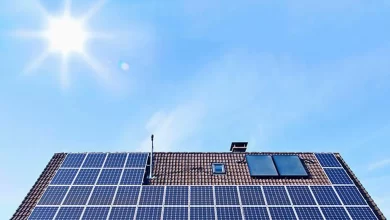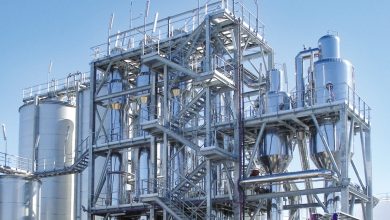
Using the Internet of Things (IOT) in your real estate in uae business can help you monitor, control and even improve your building’s operations. It will help you protect your property against natural disasters, reduce your energy costs, and improve the quality of the indoor air in your buildings. It will also allow you to track the location and movement of important equipment.
Improve indoor air quality
As people become more worried about the quality of the air within their homes, monitoring devices have been developed. To monitor and study environmental changes, these systems combine hardware and software. These setups find usage in IAQ monitoring that occurs in real-time.
By collecting and analyzing data about the surrounding environment, the Internet of Things (IoT) may be used to better regulate the air within buildings. The sensors set up in homes and workplaces may gather this information. The data from these sensors may then be accessible using wireless or cable connections. The information may be utilised for predictive maintenance suggestions and operational tracking and monitoring.
Multi-sensor CO2 and PM measurement was implemented in the study’s system. Information was gathered every 30 seconds by the sensors. After then, the information was sent to a computer terminal. The computer performed an analysis of the data and produced inferences. Computers may also be used to calibrate air purification, ventilation, and load capacity.
Reduce utility costs
Using IoT devices to cut down on utility bills is a tried and true method of saving money. Smarter Internet of Things-enabled solutions, such as intelligent energy storage systems and smart meters, may help companies and people reduce their power bills.
Using these tools, you may track and improve your house or business’s energy consumption. As a bonus, they may save annual energy costs by 15–40%.
You may, for instance, monitor your home’s energy use in real-time. Then, when demand is low, you may save money by turning off water heaters and lights. Leaks in plumbing systems may also be identified.
Utilities are another cost that can be lowered by using smart building technology like automated building systems. Depending on the outside temperature, these devices will automatically alter the inside temperature. It is also possible for them to switch off lights in empty rooms.
Automate heating, ventilation, and air conditioning
To increase building efficiency and tenant comfort, automating HVAC systems with the help of the Internet of Things (IoT) is a great option. The system in question employs sensors to track the status of a building in real-time.
All sorts of environmental conditions, including temperature, humidity, and airflow, can be tracked by the system’s sensors. The collected data is then analyzed to provide timely updates on the state of the structure. This data can be used to improve HVAC efficiency and forestall breakdowns.
Costs can be reduced by using an HVAC system that is smartly designed to maximize the efficiency of the energy it consumes. An intelligent thermostat can adjust the heating, ventilation, and air conditioning to maintain a comfortable interior environment. It can turn on the system before people move in and set the temperature differential between zones.
Protect buildings from natural disasters
When used in real estate, IoT technology may serve to better safeguard structures from the effects of environmental hazards. The Internet of Things is a new discipline that draws inspiration from Systems Science. It’s a real game-changer for our planet’s erratic weather patterns.
The concentration of people and economic activity in vulnerable places will persist so long as the global population grows and urbanization proceeds apace. The economic, social, and political ramifications of natural catastrophes are growing in tandem with their frequency and intensity. It’s crucial that authorities find a middle ground between mitigating the effects of natural disasters and bolstering the economy via construction.
The insurance industry is driven to collaborate with municipal governments in an effort to curb the rising cost of natural catastrophes. Risks may be found via the use of actuarial models, satellite imagery, and weather records. Then, emergency action plans are activated to safeguard people from the estimated hazards to human life and the built environment. They pool their resources and expertise to create plans for coping with natural calamities.




